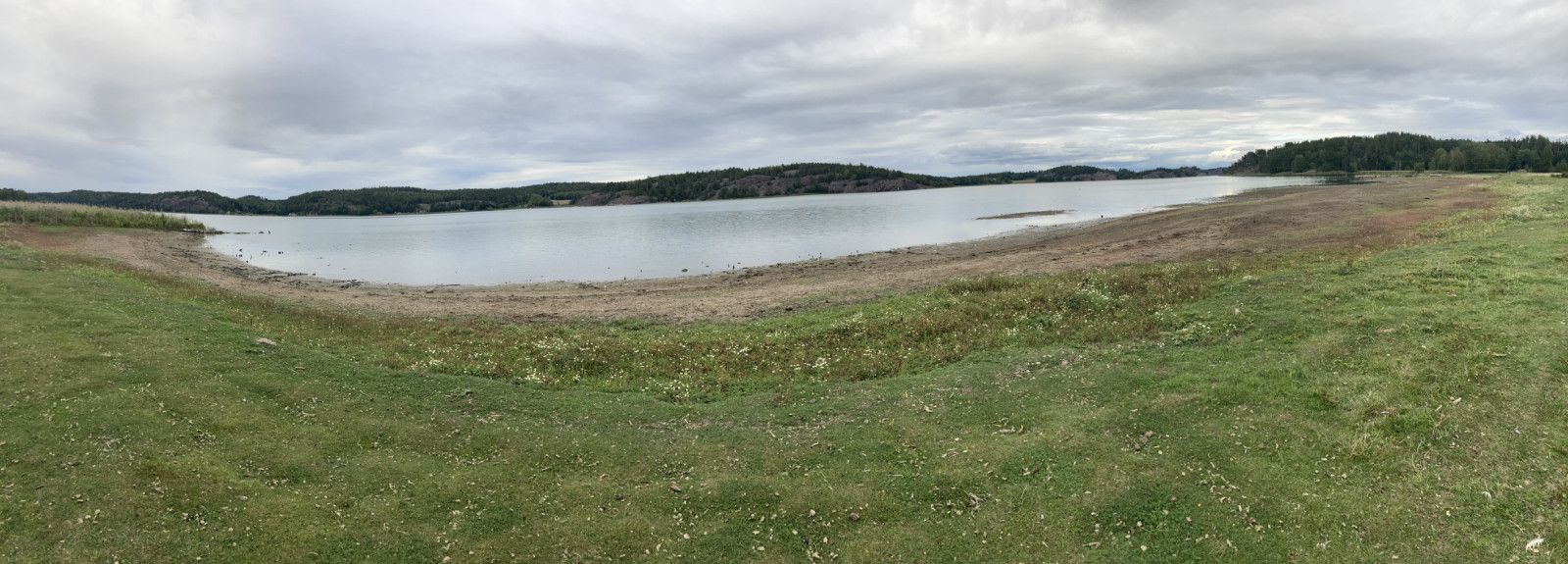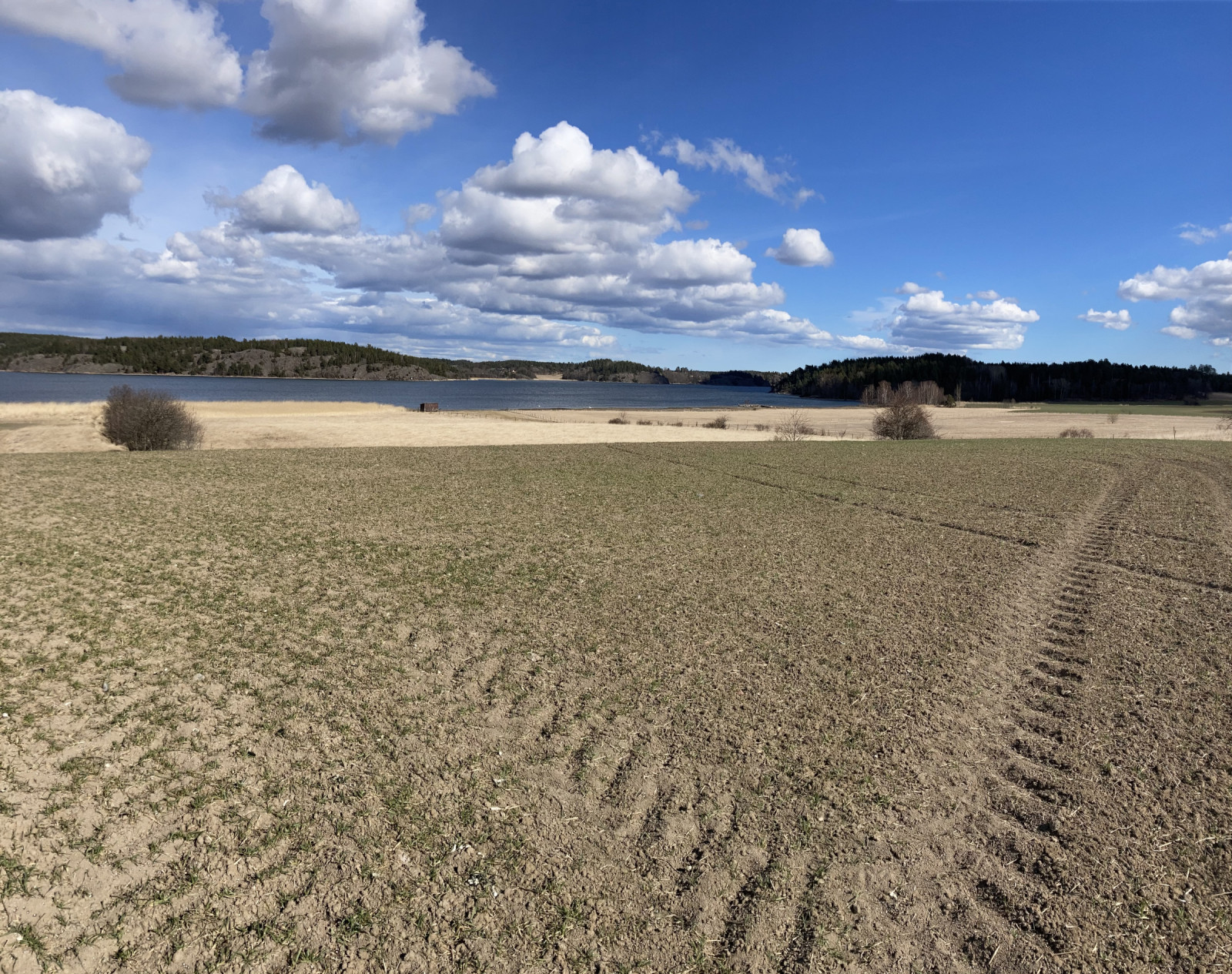Description
The birds start to arrive at Killingholmen in February when the ice starts to loose its grip on the coastal waters. Then ducks start to rest in the shallow parts of the bay; Хохлатая чернеть (at most 100) and around 1000 Большой крохаль can be found. Also the rarer winter ducks like Чирок-свистунок, Красноголовый нырок, Луток, Морская чернеть and Длинноносый крохаль. A few hundred geese and around 100 Лебедь-кликун feed on the areas fields and coastal meadows around march. In March the other early spring birds also arrive; Полевой жаворонок, Вяхирь, Обыкновенный скворец and Чибис. In spring you can find Усатая синица in the reed beds.
Year round Перепелятник, Орлан-белохвост and Канюк are the common predatory birds. But Беркут, Полевой лунь and Красный коршун pass by the area. Most common passerine birds arrive in March/April. Slätbaken is a stopping point for passerine birds, which makes it common to find uncommonly early Лесной жаворонок and Деряба.
From late February and in March the owls in the area can be heard calling. Серая неясыть Воробьиный сычик and Филин are sometimes heard. In March more geese start to arrive and not only the common Канадская казарка and Серый гусь. Also Белолобый гусь (at most 67) and Белощекая казарка (at most 100). Гуменник, Восточный тундровый гусь and Короткоклювый гуменник are sometimes found. Also Американский лебедь has been observed.
On the coastal meadows large amounts of passerine bird start to rest in the end of March and in April. Луговой конёк, Белая трясогузка, Коноплянка are the most common. Among these Скальный конёк is regularly seen. In the large grassy areas Болотная сова can be found. On the coastal meadows Перевозчик, Черныш, Травник, Свиязь, Серая утка, Широконоска, Фифи, Золотистая ржанка, Бекас and Чомга. Most common dabbling ducks are found but only Чирок-свистунок is numerous (at most 70). At the Torpa damm Чирок-трескунок and Шилохвость have been seen, along with smaller amounts of other ducks.
In april large amounts of thrushes move past the fields and coastal meadows. Hundreds of Певчий дрозд, Белобровик, Рябинник and Деряба are seen. In the end of May and April most birds disappear, except for the breeders.
In May the latest passerine birds, and night active birds arrive. On the fields Луговой лунь, Сапсан and Коростель are found. Клуша sometimes rest on the coastal meadows in May. Обыкновенная чечевица often sings here. On the meadows Белощекая казарка, Серый гусь, Канадская казарка, Серая утка, Травник, Чибис, Чомга, Хохлатая чернеть, Гоголь and Лысуха breed. In the area Малый пёстрый дятел, Обыкновенный жулан, Чирок-свистунок and Лебедь-кликун breed. At Storåns river mouth you can observe Обыкновенный зимородок.
During autumn Hov strandängar becomes better for birding. From July the area is a good site for wading birds such as Чибис, Большой кроншнеп, Галстучник, Малый зуёк, Перевозчик, Бекас, Золотистая ржанка, Большой улит, Травник, Турухтан, Фифи and Черныш. These are all common, while Кулик-воробей, Чернозобик, Средний кроншнеп, Белохвостый песочник and Краснозобик are more rare.
Other wetland birds are often found. Among the rarer birds Обыкновенный зимородок, Чеграва, Варакушка and Большая белая цапля can be noted. Large amounts of gulls, geese and terns can be found, especially Серый гусь which some years have been found as numerous as 3000.
Large amounts of passerine birds are found in the meadow areas. The most numerous passerine birds are Черноголовый щегол (250 at most), Деревенская ласточка (500 at most), Луговой чекан, Каменка, Обыкновенный скворец (600 at most). Later in autumn Малая поганка, Гаршнеп, Горная чечётка, Красношейная поганка, Луток and Морская чернеть are sometimes found.
Details
Access
Inre Slätbaken is located east of the town of Söderköping. Parking can be found around Hov and several other places. Click on a P in the map for directions to a parking spot.





